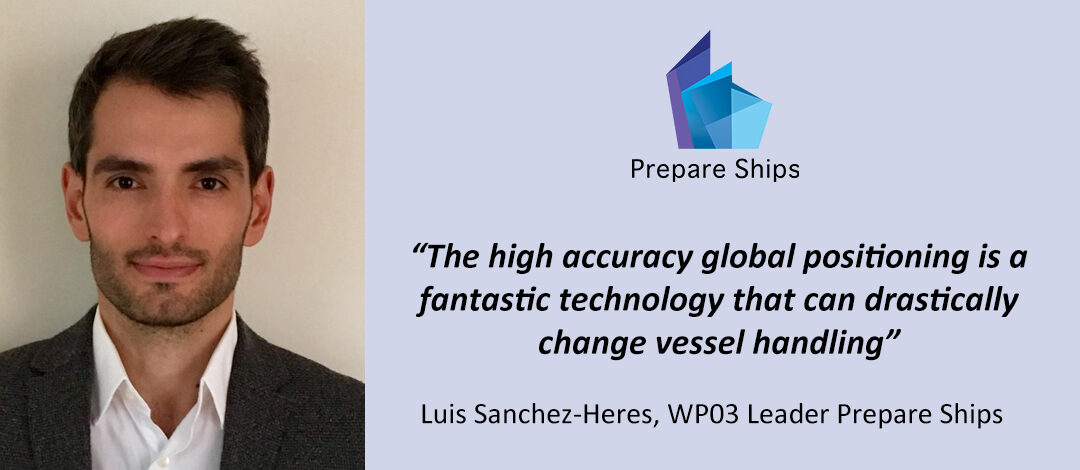WP Leader
Luis Sanchez-Heres is the leader of the Prepare Ships work package number 3. He works at RISE Research Institute of Sweden and is a naval architect with a PhD in Marine Technology. Besides being the work package leader, he is also one of the main developers of the Dynamic Real Time Predictor software.
– During my time in academia, I really got interested in programming, computer science, and machine learning. The development of the Dynamic Real Time Predictor, or “Predictor System” as we the developers call it, has been a fantastic challenge for me. Not only have I had the opportunity to apply nearly my entire skillset, but to develop it also. I have had the opportunity to learn from, and along, colleagues and partners, says Luis.
The purpose of the Work Package
The main objective is to create a software that runs on a vessel and is capable of:
- Generating predictions of the future motions of the vessel on which it is installed.
- Improving said predictions through (machine learning).
- Providing a measure on the quality of said predictions.
The WP03 Research
On the vessel, the software will run in ECDIS (Electronic Chart Display and Information System), a system that can predict the future movements of a ship. It can also improve the predictions through machine learning.
– The Predictor System is not a stand-alone software. It is designed to be an add-on for the Electronic Chart Display and Information System (ECDIS) so that the predictions can be used as an aid for handling the vessel, and potentially, for avoiding grounding and collisions. After the initial setup, the Predictor System creates a mathematical model of the vessel. Along with sensor data of the current state of the vessel (speed over ground, heading, etc.) this mathematical model is used in a simulation from which the prediction is obtained. Clearly, the quality of the prediction tightly coupled to the sensor data and the mathematical model. Since it is extremely difficult to create a good mathematical model of a vessel from scratch, the Predictor System, uses machine learning to continuously improve the mathematical model. The improvement occurs when the Predictor System is “trained”. Training consists of comparing records of actual vessel trajectories against predicted ones and minimizing those differences through machine learning.
The development of the Dynamic Real Time Predictor (aka Predictor System) has been done in close cooperation with the ECDIS manufacturer and Prepare Ships partner Telko.
– Simply said, Telko knows where the value is. They know their costumers, the market, and what is the future in onboard software. The design and development of the Predictor System has been heavily influenced by their valuable opinions and feedback.
Huge benefits for the marine industry
The Predictor System will contribute to safer marine traffic by facilitating not only vessel handling, but potentially also the prevention and resolution of close quarter situations between vessels.
– The high accuracy global positioning is a fantastic technology that can drastically change vessel handling. Centimetre accurate positioning will enable multiple vessel handling tools for improving or facilitating the handling of a vessel. The Predictor System is clearly one of those. Furthermore, if desired, the predictions from one vessel will be broadcasted through VDES to all surrounding ships that have the Prepare Ships system installed. Then, the predictions of multiple vessels will then appear in the ECDIS, dramatically improving the understanding of the situation and how it will develop.
By sharing the predictions through VDES and providing high accuracy positioning, the Prepare Ships system will contribute to a clearer picture of the marine traffic situation, making it much safer.
Status, June 2021
The predictor system is almost ready, and the final test will be performed during the summer 2021. The system has up to now being tested in a simulator and in June the first integration tests will be conducted at two real ships in the archipelago of Gothenburg. After this pre-testing, some adjustments will be done during the summer and in August the final tests will be done.


